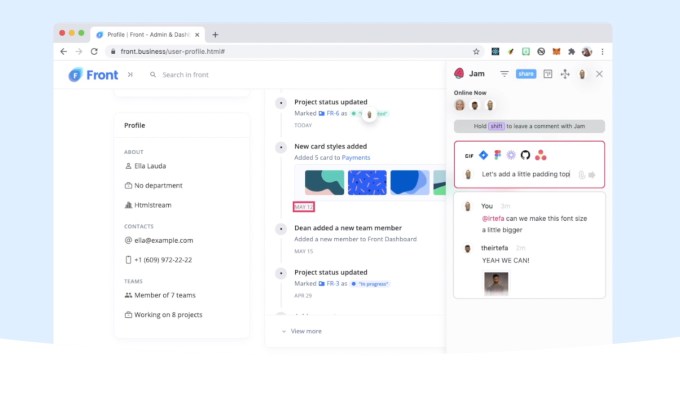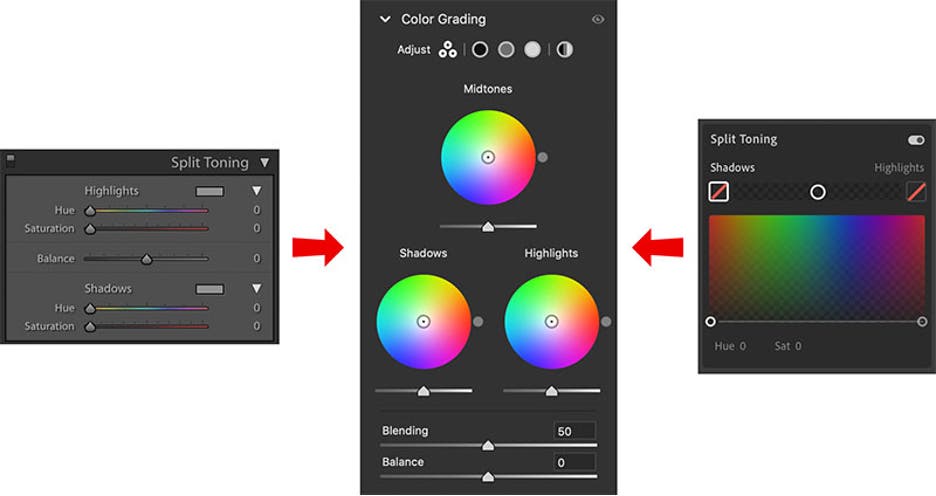College graduates this year (and perhaps in the near-term) have been looking for work in what is one of the most challenging job markets in a decade due to the coronavirus and its impacts on the economy and how people can interact with each other. Today, a startup that’s helping them with that job hunting process is announcing a big round of funding to grow its business.
Handshake, which provides a platform for college-aged students to register their interest and skills and search for suitable work, and for recruiters to search for candidates and advertise entry-level openings, has raised $80 million in a growth round of funding.
Handshake is not disclosing its valuation but a reliable source close to the startup said that the valuation has more than doubled since its last round. That was at $275 million, putting the likely valuation now between $550 million and $600 million.
The company has been around since 2014 and has built its profile in part as a more inclusive version of LinkedIn aimed at people only start starting out in the job market, and it’s using the funding to double down on that.
It now covers 17 million job seekers, 1,000 institutions of higher learning and nearly 500,000 employers, with partnerships with some 120 minority-serving institutions, which include Historically Black Colleges and Universities, and Hispanic Serving Institutions in the U.S., to help them and their students better tackle the job-hunting-recruitment market.
And in this year, Handshake has been using its latest funding — which actually closed in November 2019 — to expand to also including community colleges in its network, and expand its virtual events services.
The Series D is being led by GGV and also includes participation from all of its existing investors. Handshake already had an illustrious list of backers: its last round, a $40 million Series C in 2018, was led by EQT and also included the Chan Zuckerberg Initiative, Omidyar Network and Reach Capital, as well as True Ventures, Kleiner Perkins, Lightspeed Venture Partners, Spark Capital and KPCB Edge.
Garrett Lord, Handshake’s CEO who co-founded the company with Scott Ringwelski (CTO) and Ben Christensen (a board member), said that the coronavirus has not just impacted the job market, but also the job-hunting market.
“The pandemic, as you can imagine, has really reshaped the hiring economy,” he said. “Companies can no longer go to campus to recruit” — traditionally a huge part of how companies connect with those just entering the job market, by way of events where they can meet many people en masse — “so we’ve seen an unprecedented shift to virtual recruiting.”
Virtual events had, he added, been gaining more popularity “prior to Covid,” but suddenly it became the only game in town. He said that currently some 20,000 employers have managed virtual recruitment events at institutions using the Handshake platform. These take the form of online mixers and fairs, where it provides five 30-minute group meetings with up to 50 students in each, with recruiters providing presentations and talking with students; and/or 10-minute 1:1 meetings with students with up to 15 recruiters.
All well and good, except that the job market itself is still rocky. Lord said that there was a 20-30% drop in listings at the start of the pandemic, with particular sectors like hospitality leading that decline, with those still hiring pulling away from proactive campus recruitment. Now, seven months on, many of those realize that they have to continue to be visible and are slowly coming back.
“They need Handshake more than ever before, to replace boots on ground experience with digital and immersive experiences,” Lord said.
While managing the macroeconomic contraction, the expansion this year to including community colleges on Handshake has been a huge deal.
There has long been a perceived prestige and expertise divide between 2-year and 4-year institutions, but as our concept of higher education continues to evolve, with many students foregoing college altogether, or opting for vocational degrees that do not extend to four years of study at a university or college, and college becomes ever more expensive, it’s about time that platforms that are helping one tier of students also helps the other.
And for its investors, at a time when companies are not just talking about wanting to build more diverse work forces, but putting money where their mouths are, and internalizing that change is something that you sometimes need to be proactive to effect, Handshake is a compelling startup to invest in.
“Since its founding, Handshake has been laser focused on delivering on its vision to democratize job opportunity by connecting employers with job seeking students at institutions of higher education, and has built a rich network of 17 million job seekers, 1,000 institutions of higher learning and nearly 500,000 employers,” said Jeff Richards, Managing Partner of GGV, in a statement. “We’re delighted to join forces with the Handshake team to help the company further expand its impact by delivering innovative, industry-leading recruitment solutions and expanding into new markets.”












